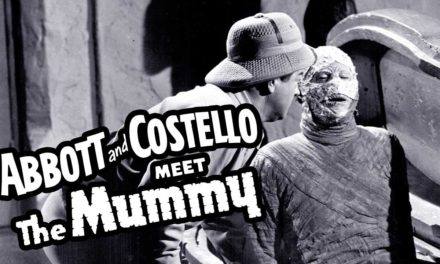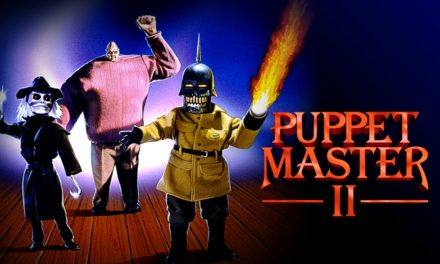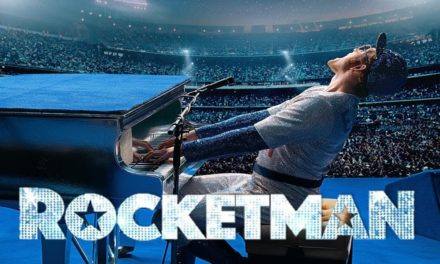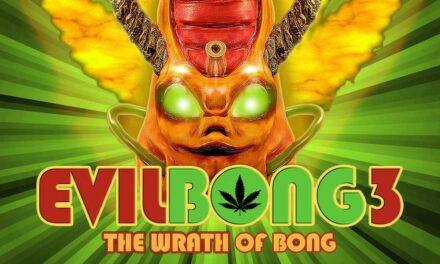%
Rating
To put it simply, this movie is a masterpiece of filmmaking. This is one of those rare lightning-in-a-bottle movies where something magical happens and a movie of such high quality is made that it almost can’t be replicated. Pretty much everything in the movie works. The acting is great, and the characters are both likable and memorable, from Neill’s Grant as a dinosaur expert, Dern’s Sattler acting like a dinosaur conservationist, and Goldblum who plays his role almost like a total rockstar. Attenborough is very believable as the enigmatic John Hammond, who you instantly love because he has a passion for bringing the dinosaurs back to life and giving people the chance to see them as if they were at the local zoo. There’s also his grandkids Lex and Tim, played by Ariana Richards and Joseph Mazzello respectively. Ordinarily, the kids would be the worst part of the movie and be extremely annoying, but these kids rise above that and are fun to watch, from Tim’s overexcitement at seeing these dinosaurs and especially meeting Alan Grant, to Lex’s computer wizardry and how she manages to take care of herself and her little brother. While Nedry and Gennaro are somewhat two-dimensional bad guys, they’re still memorable in their own ways, and it is satisfying to see them both get their comeuppance. The direction from Spielberg is on-point, as it normally is, and the script is very well-written, helped by the fact that it was co-written by Crichton himself. John Williams’ score, as is often the case, is amazing, and the theme has become just as iconic as the film itself.
Then of course, there are the dinosaurs themselves, who are just as much the stars of the film as the actors are. Originally, they were going to use old fashioned stop-motion animation similar to Willis O’Brien or Ray Harryhausen, but when they realized that wouldn’t work, they decided to have the dinosaurs done digitally. While normally I prefer stop-motion, I have to admit that the CGI, especially for the time, is amazing to watch. Just the scene where we first see the brachiosauruses alone is a spectacle to behold. While the amazing ILM designed many of the great digital effects, credit also should be given to Stan Winston’s crew who did many of the practical dinosaurs in the movie. Whether it’s the triceratops the main characters find while on their tour who’s very ill, the brachiosauruses the characters find in the trees, or some of the close-ups of the T-Rex, the animatronic dinosaurs look amazing, and they perfectly compliment the CG dinosaurs. It’s no surprise then that the film went on to win an Academy Award for Best Visual Effects the following year. Honestly, I’d be stretching to find anything wrong with the film, but if I did have any, I guess some of the CG does look a bit dated, and the science also seems to be highly implausible, but really, I’m just picking at nits. This film is just phenomenal and is definite required viewing, not just for sci-fi fans or fans of Spielberg, but if you just love movies and love having a good time. As for the sequels, well….as Ian Malcolm would say, “That is one big pile of shit.”




